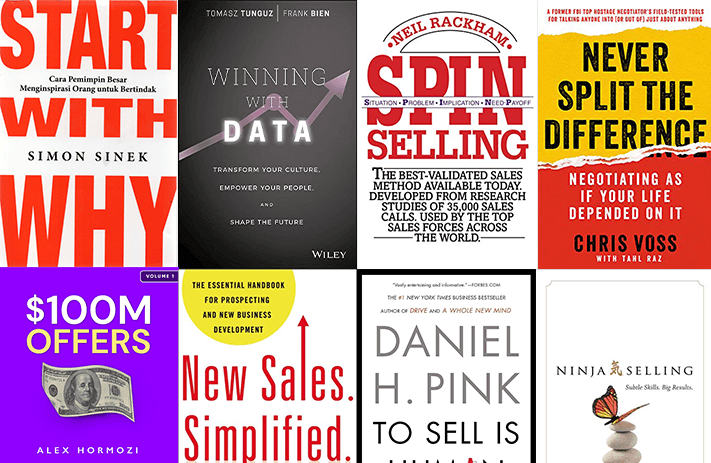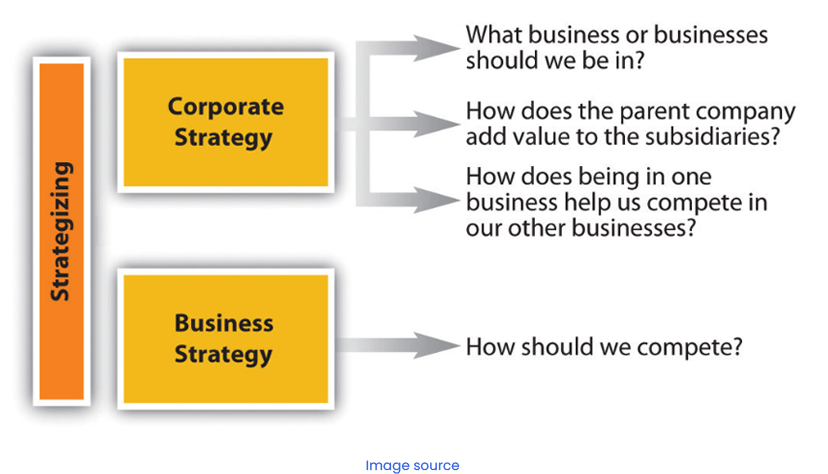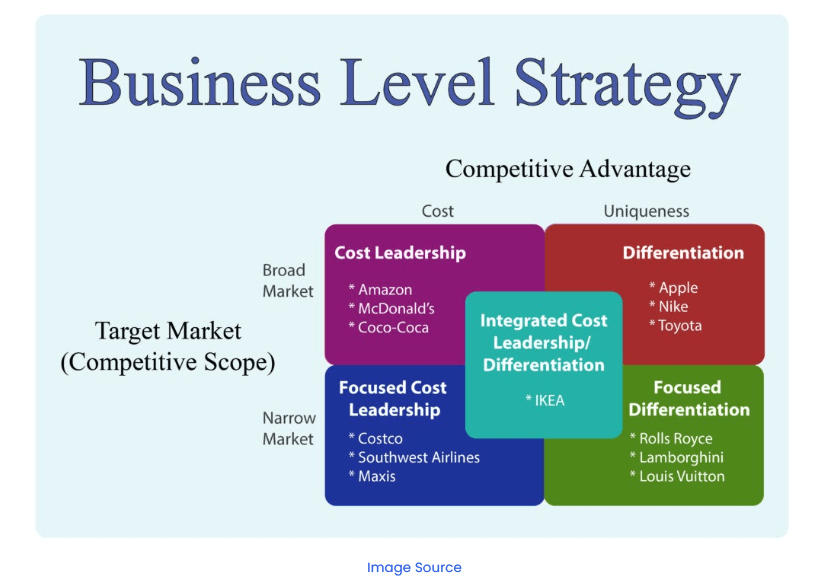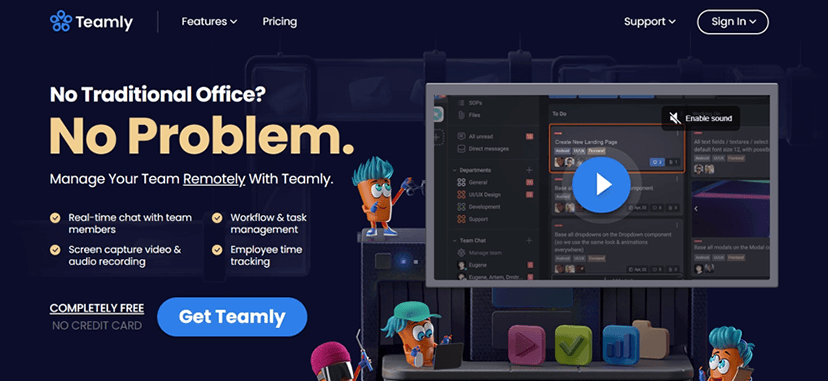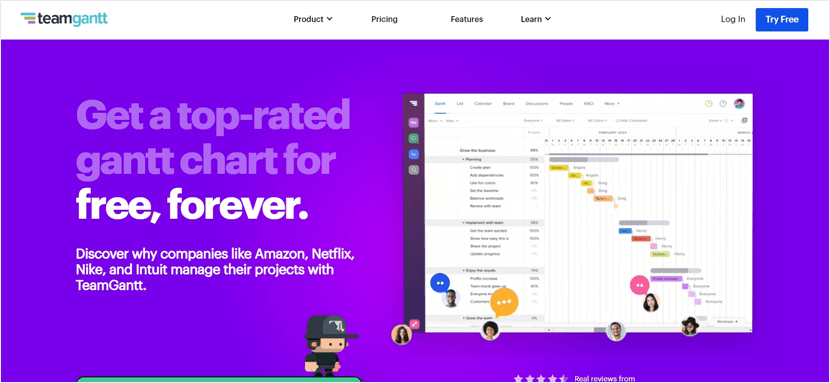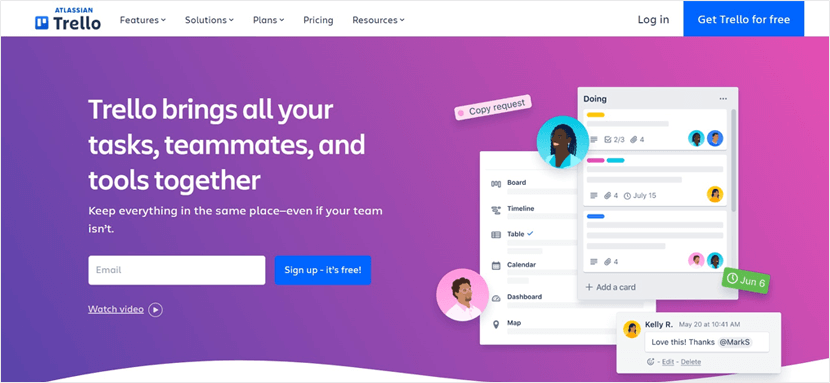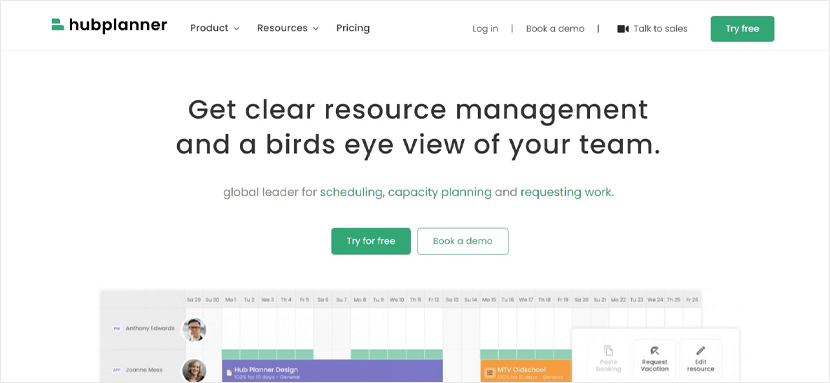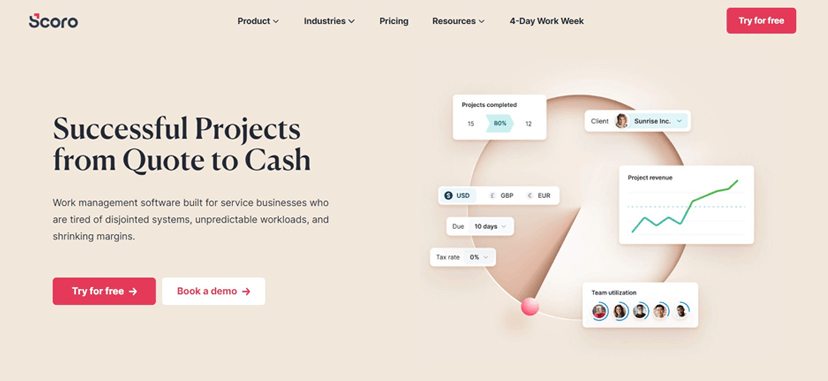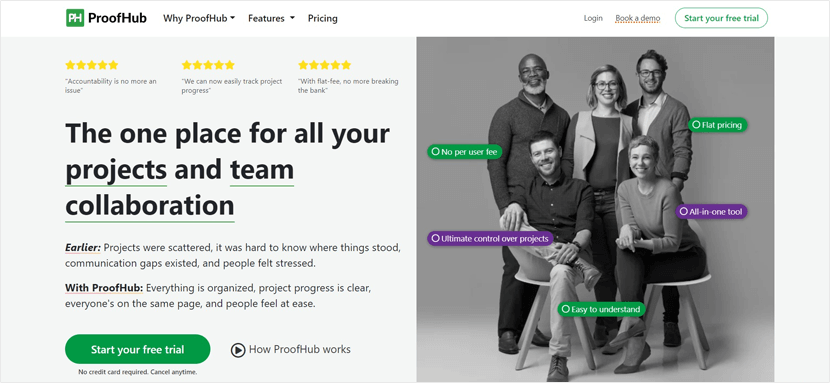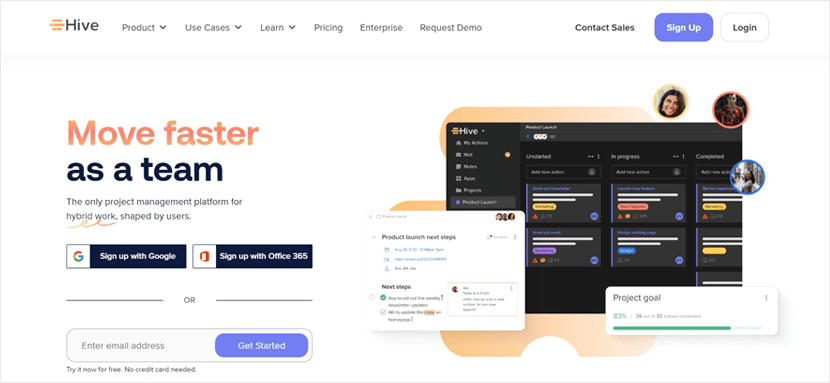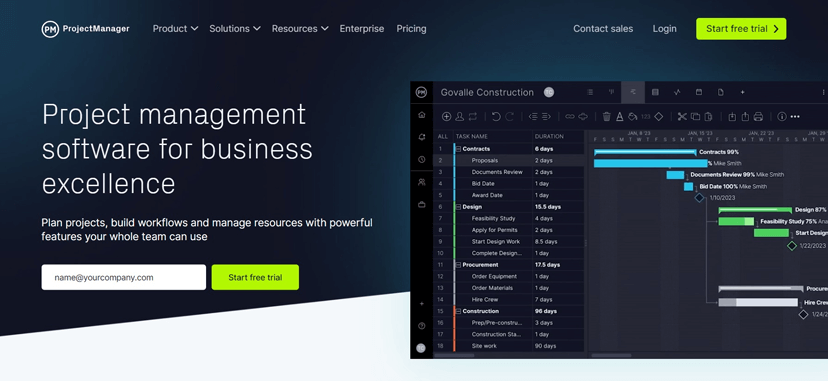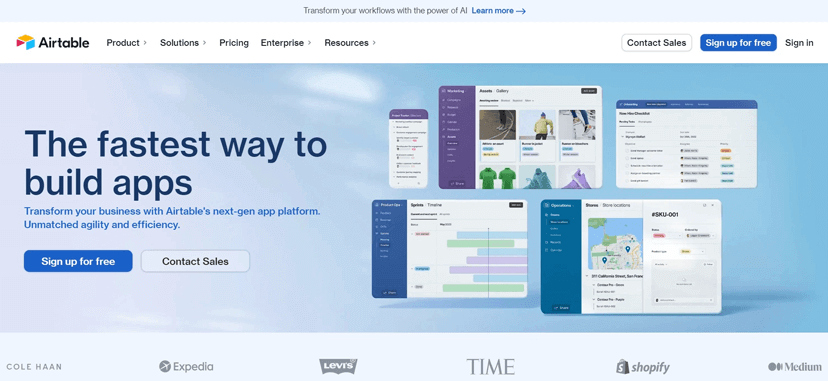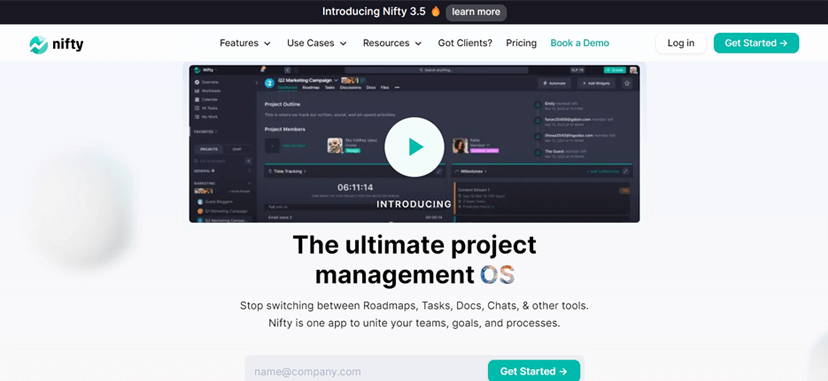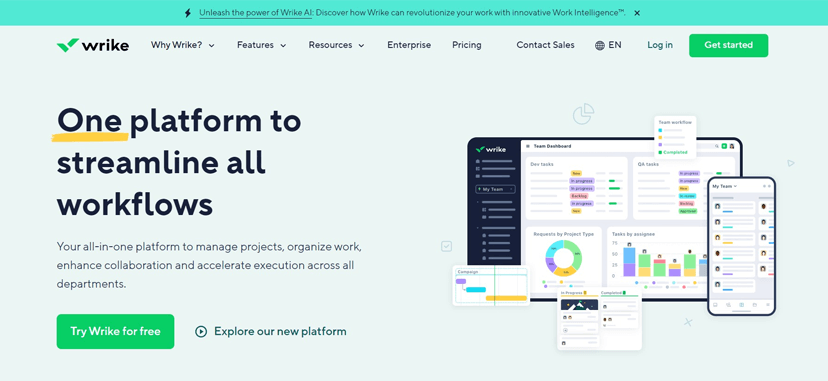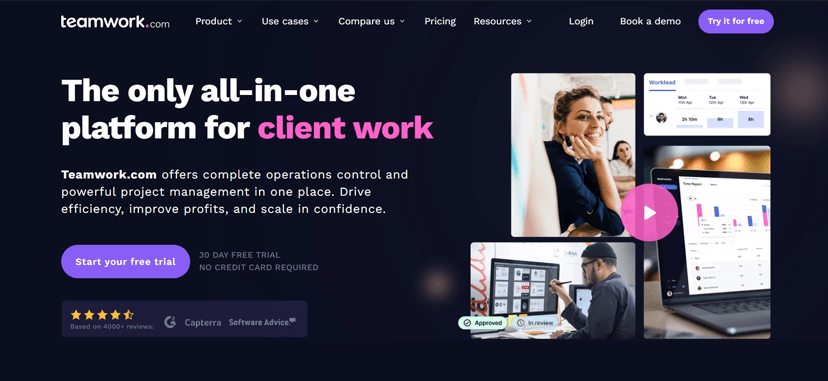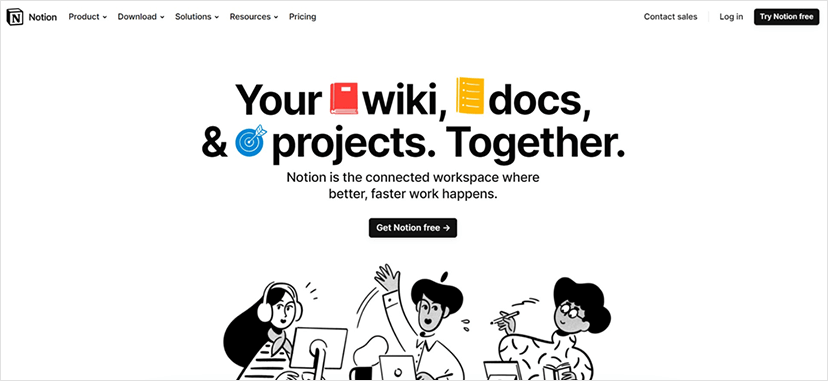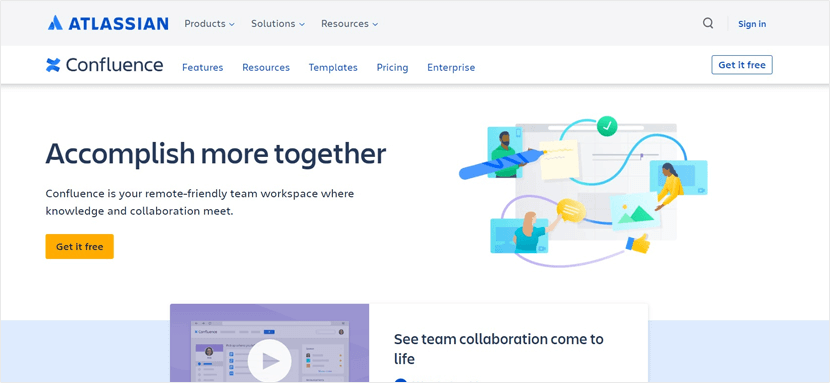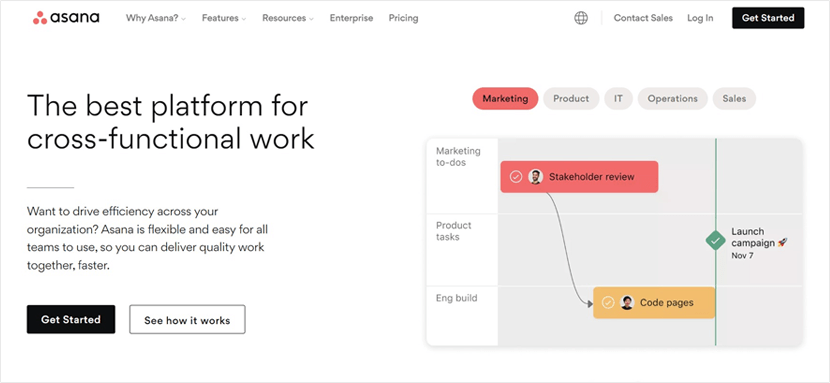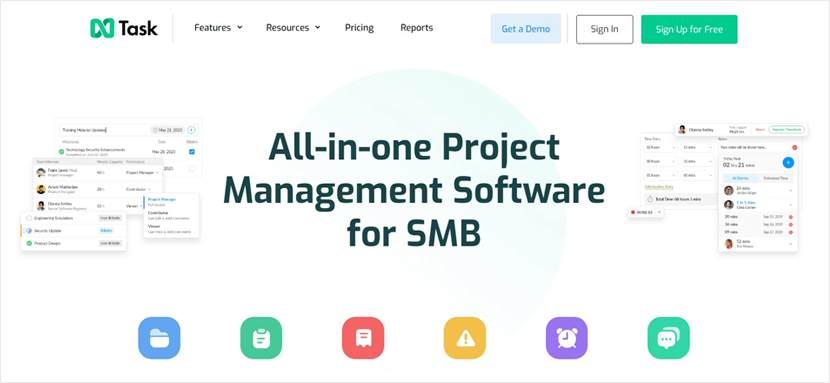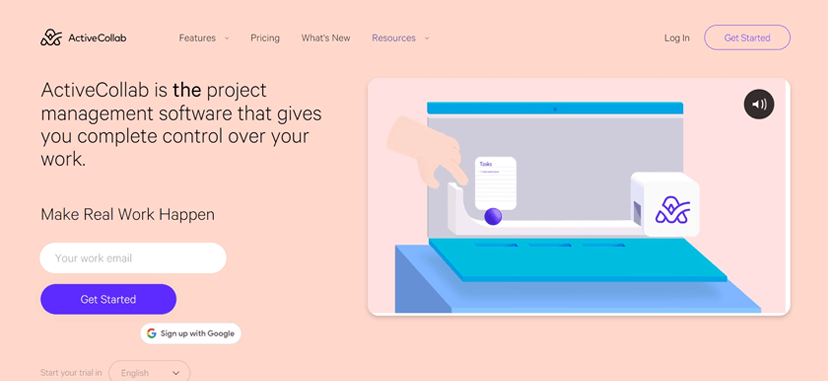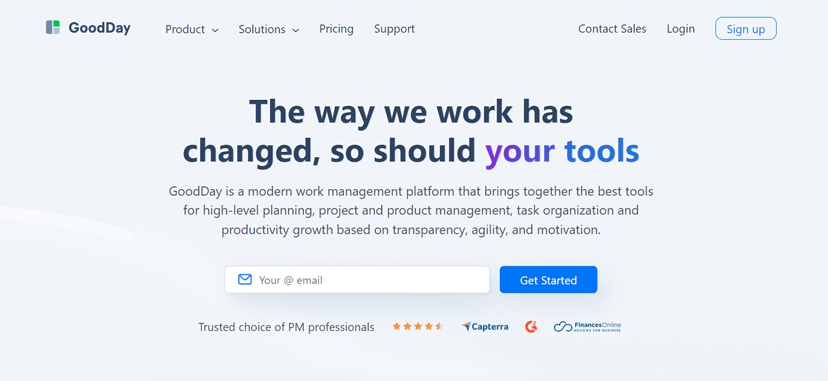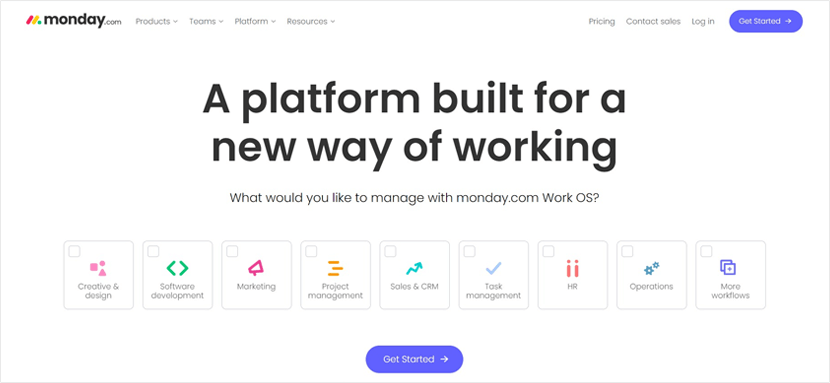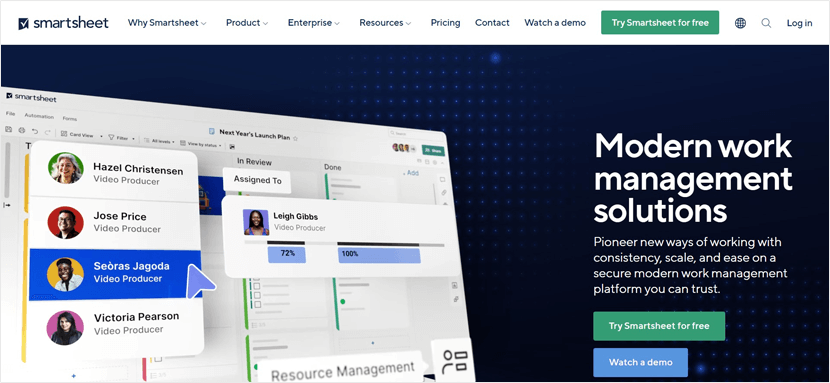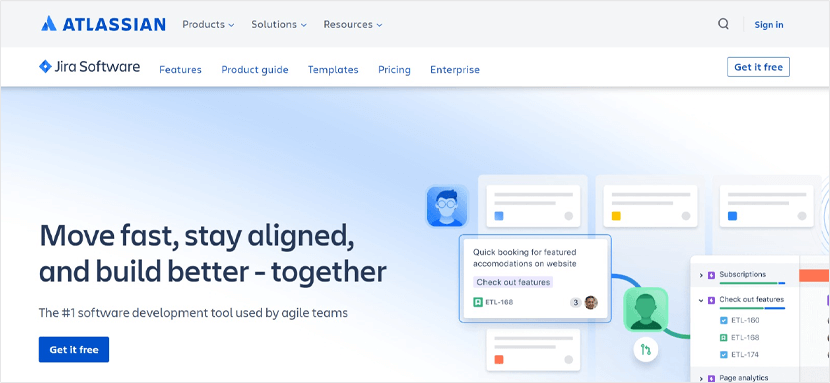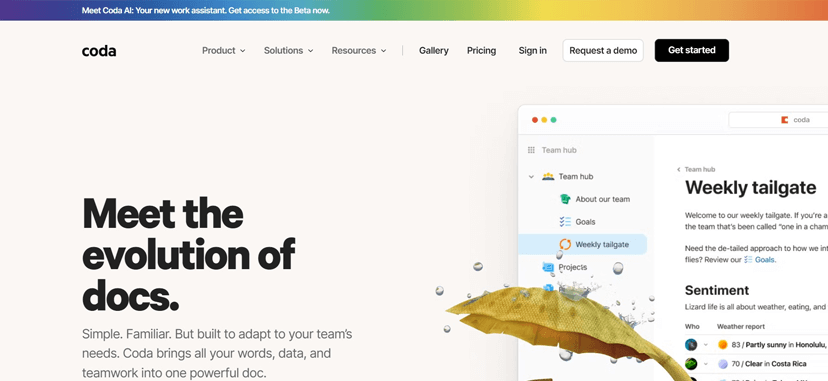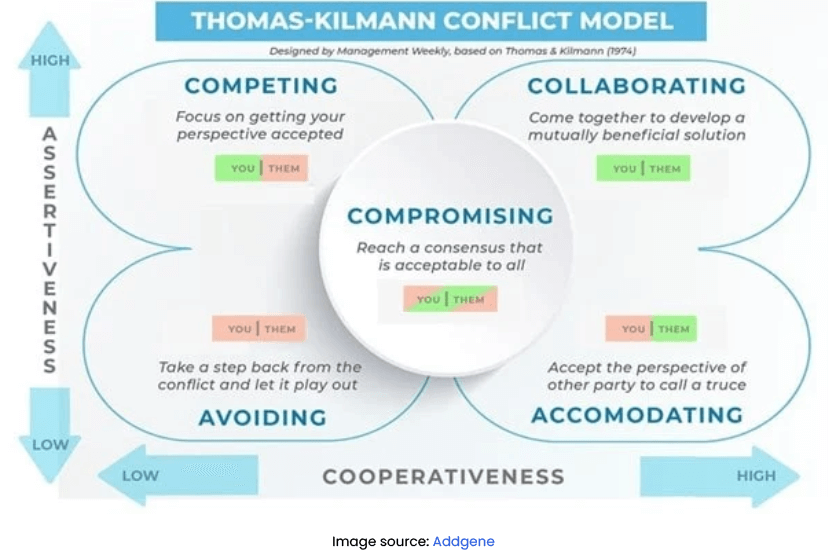Sales, the art of persuasion, the science of connection, and the engine that drives business forward.
But what if we told you that the secret sauce to becoming a sales maestro isn’t locked away in some hidden chamber of business acumen?
What if the keys to unlocking your sales potential are neatly tucked between the pages of some of the best sales books ever written?
The world of sales is not just about smooth talking and firm handshakes.
It’s a craft, honed by insights, strategies, and wisdom shared by the masters of the trade.
And guess what?
They’ve penned down their secrets, their failures, their triumphs, and their invaluable lessons in books. Books that are waiting for you to explore.
From the classics that have shaped the industry to the modern masterpieces that are redefining sales, these books are your mentors in print. Whether you’re a seasoned sales leader or a newbie looking to make your mark, the best books on sales are your ticket to success.
So, buckle up as we take you on a literary journey through the best sales books of all time.
Ready to close the deal? Let’s dive in!
Start With Why – Simon Sinek
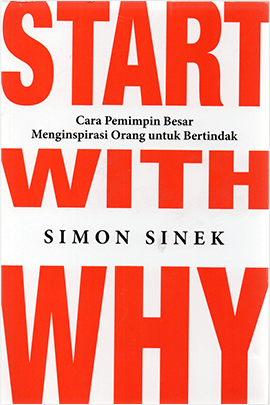
“People don’t buy WHAT you do, they buy WHY you do it.”
Why You Should Read Start With Why
Simon Sinek’s Start With Why isn’t just a book; it’s a philosophy, a movement, a new way of thinking about sales, leadership, and life. It’s one of the best sales books of all time, not because it teaches you how to sell, but because it teaches you why you should sell.
Key Lessons
- The Golden Circle: Sinek introduces the concept of the Golden Circle, consisting of WHY, HOW, and WHAT. The WHY is your purpose, the HOW is the process, and the WHAT is the result. Start with WHY, and the rest will follow.
- Inspire, Don’t Manipulate: The book emphasizes the importance of inspiring customers rather than manipulating them. It’s about creating a connection, not just a transaction.
- Leadership and Trust: Sinek explores how understanding your ‘why’ can make you a better leader and build trust within your team and with your customers.
- Applicable to All: The principles in “Start With Why” are not limited to sales; they can be applied to leadership, entrepreneurship, and personal development.
Start With Why is a guide to finding your purpose and passion in what you do. It’s one of the best books for sales leaders and anyone looking to understand what drives them and how to inspire others. If you’re ready to redefine your approach to sales and leadership, this book is your starting point.
Never Split the Difference – Chris Voss
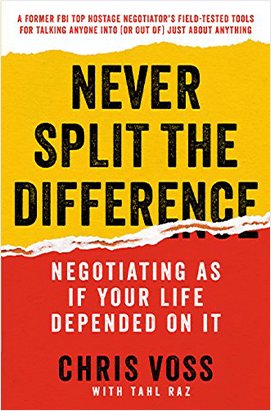
“No deal is better than a bad deal.”
Why You Should Read Never Split the Difference
If you think sales is all about compromise, Chris Voss’s Never Split the Difference is here to challenge that notion. Written by a former FBI hostage negotiator, this book takes you into the high-stakes world of negotiation, where splitting the difference can mean life or death.
One of the best-selling sales books, “Never Split the Difference,” is a masterclass in negotiation, applicable not just in sales but in every aspect of life. Voss’s techniques are grounded in real-world experience, making them practical, effective, and downright fascinating.
Whether you’re a sales leader or someone looking to improve your negotiation skills, this book offers a fresh perspective on how to approach deals, communicate effectively, and get what you want without compromising your position.
Key Lessons
- Embrace Emotions in Negotiation: Rather than sidelining emotions, Voss emphasizes recognizing and working with them. Understanding the emotional drivers can lead to more effective and empathetic negotiations.
- Active Listening is Key: Voss teaches that true negotiation success comes from deeply listening to the other party. By genuinely understanding their perspective, you can build trust and find common ground.
- Address Concerns Before They’re Raised: By identifying and openly discussing potential objections or accusations upfront, you can remove barriers and create a more collaborative environment.
- Utilize Open-Ended Questions: Instead of confronting disagreements head-on, Voss suggests asking open-ended questions. This approach fosters dialogue and allows you to disagree without escalating conflict.
Never Split the Difference is not just one of the best sales books; it’s a masterclass in human interaction and negotiation. With insights drawn from real-world experience, it offers invaluable lessons for sales leaders, professionals, and anyone looking to enhance their communication skills.
SPIN Selling – Neil Rackham
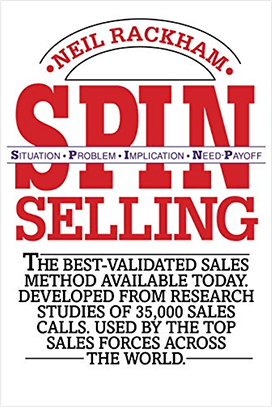
“If you can’t solve a problem for your customer, then there’s no basis for a sale.”
Why You Should Read SPIN Selling
Neil Rackham’s SPIN Selling is the result of 12 years of research and over 35,000 sales calls. It’s not just one of the best sales books of all time; it’s a revolutionary method that turns traditional sales on its head.
Rackham’s SPIN (Situation, Problem, Implication, Need-payoff) method is about asking the right questions and understanding your client’s needs deeply. It’s a guide for both seasoned sales professionals and those new to the field, offering a structured and effective way to engage with clients and close deals.
Key Lessons
- The SPIN Methodology: Understand the four-pronged SPIN mentality for asking questions: Situation, Problem, Implication, and Need-payoff. Start by identifying the client’s current situation, delve into their problems, explore the implications, and finally, present the need-payoff.
- Know the Difference Between Features and Benefits: Learn when to highlight the features of your product and when to emphasize the benefits. This understanding helps in tailoring your pitch to the client’s specific needs and concerns.
- Practice Makes Perfect: Rackham emphasizes that mastering the SPIN technique requires practice. It’s not just about knowing the method but applying it effectively in real sales scenarios.
- Dig Deeper into Problems: Don’t just identify the problems your clients are facing; explore why they are dissatisfied and the consequences of those problems. This deeper understanding allows you to present solutions that are truly aligned with their needs.
Whether you’re looking to become the salesperson of the year or simply improve your sales skills, this book offers insights and techniques that can set you apart from the competition.
Winning With Data – Tomasz Tunguz
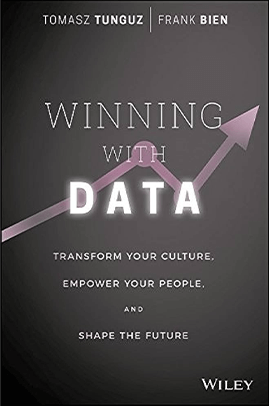
“We learn only when we have both the curiosity to ask a question and the tools to answer it.”
Why You Should Read Winning With Data
Data is transforming every industry. “Winning With Data” by Tomasz Tunguz provides insights into how companies can leverage data to gain a competitive edge.
The book offers practical advice on how to grow and evolve through strategic data analysis. It emphasizes the importance of avoiding common biases and errors in perception, and how data teams can facilitate literacy within a company.
With examples from well-known companies like Venmo, Warby Parker, and ThredUp, this book is a guide to navigating the brave new world of data-driven business.
Key Lessons
- Data as a Competitive Edge: Understanding and operationalizing data can give companies a significant advantage. It’s more than just metrics; it’s about values and the right people who will use metrics to answer questions.
- Avoiding Biases and Errors: The book emphasizes the importance of avoiding common biases and errors in data perception. It teaches how to use data well and communicate about it more clearly.
- Effective Storytelling with Data: The book contains lessons on making data relatable by turning it into stories, giving it emotional appeal, and using it effectively in presentations.
Effective Storytelling with Data: The book contains lessons on making data relatable by turning it into stories, giving it emotional appeal, and using it effectively in presentations.
$100M Offers – Alex Hormozi

“How to make offers so good people will feel stupid saying no.”
Why You Should Read $100M Offers
Crafting the perfect offer is the key to success.
Alex Hormozi’s $100M Offers is not just a book; it’s a guide to creating offers that are so irresistible, people would feel foolish to decline. Whether you’re an entrepreneur struggling with customer acquisition or a seasoned marketer looking to enhance your strategies, this book provides insights into turning advertising dollars into enormous profits.
With a blend of pricing, value, guarantees, and naming strategies, Hormozi unveils the secret to hitting a Grand Slam Offer – the one that could set you up for life.
Key Lessons
- The Grand Slam Offer Concept: Hormozi introduces the idea of a Grand Slam Offer, an offer so good that it places you in a category of one, away from the pricing wars, attracting more customers at higher ticket prices.
- Avoiding the Commodity Problem: Many businesses fall into the trap of commoditization, competing on price. Hormozi emphasizes selling products based on value, not price, and creating an offer that stands out in the market.
- Finding the Right Market: Targeting the right market is crucial. Hormozi outlines four indicators to find a great market: Massive Pain, Purchasing Power, Easy to Target, and Growing. He emphasizes focusing on core human pains: Health, Wealth, and Relationships.
- The Power of Niches: Committing to a niche can lead to higher profits. Hormozi encourages trying out various offers and learning from failures, emphasizing that the right niche can allow you to charge more for a similar product.
$100M Offers is more than a sales book; it’s a playbook for anyone looking to elevate their business and create offers that not only sell but also create lasting value for customers. It’s one of the best sales books for those looking to understand the art of irresistible offers.
Building A StoryBrand – Donald Miller
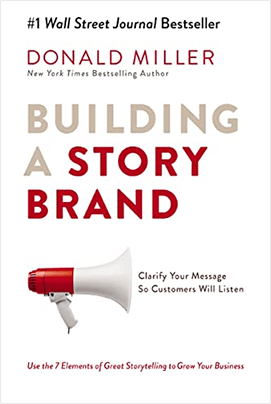
“Businesses that invite their customers into a heroic story grow. Businesses that don’t are forgotten.”
Why You Should Read Building A StoryBrand
In a world where brands compete for attention, Building A StoryBrand by Donald Miller offers a fresh perspective on how to make your customer the hero of a story.
This book isn’t just about branding; it’s about understanding the human psyche and crafting a narrative that resonates with your audience. If you’re struggling to connect with your customers or want to revamp your marketing strategy, this book provides a step-by-step guide to building a brand that speaks to the heart.
Key Lessons
- The Customer is the Hero: Unlike traditional branding, Miller emphasizes making the customer the hero of the story, not your brand. This shift in perspective can lead to a more engaging and customer-centric approach.
- The Role of a Guide: Miller emphasizes that customers aren’t in the market for another hero; they want a guide. The customer is King Arthur, your business is Merlin. Positioning your brand as a guide who has empathy and authority can build trust and lead to success.
- Clear and Simple Communication: “Pretty websites don’t sell things. Words sell things.” Miller emphasizes the importance of clear and predictable communication that the brain can easily digest. Avoiding complexity and focusing on what helps the customer survive can make your message more compelling.
- The SB7 Framework: The StoryBrand 7 (SB7) Framework is a structured approach to crafting a brand story. It includes principles like understanding the customer’s desires, identifying the villain (problem), and creating a plan that guides the customer to success.
Building A StoryBrand is not just about selling a product; it’s about inviting your customers into a story that they want to be a part of. Whether you’re a seasoned marketer or a small business owner, this book offers valuable insights into creating a brand that grows and thrives.
Ninja Selling – Larry Kendall

“The enemy of Mastery is not mediocrity. It is distractions. The addiction to distractions ruins many potentially awesome lives.”
Why You Should Read Ninja Selling
Larry Kendall’s Ninja Selling offers a refreshing perspective on sales, emphasizing trust-building, value creation, and thoughtful questioning rather than aggressive pursuit.
It’s a guide that teaches you to be a proactive advisor rather than a relentless pursuer, making it a must-read for anyone in the sales industry.
Key Lessons
- Pull, Not Push: Instead of chasing prospects, attract them by positioning yourself as a likable and trusted advisor. Create value that your prospects want, and they’ll be automatically drawn to you.
- Ask, Not Assume: Discover your prospects’ needs and desires by asking them directly. Keep your responses concise and engage them with questions to ensure they stay connected.
- Ask FORD Questions: Utilize the FORD method (Family, Occupation, Recreation, Dreams) to build rapport and understand your prospects better. These questions help in creating a comfortable conversation and show that you care about them.
- Proactive vs Pursuer: Be a proactive advisor by following five rules: Show up, Pay attention, Tell the truth, Create value, and Don’t get attached to the outcome. These principles guide Ninja sellers in building genuine relationships and delivering real value.
Ninja Selling by Larry Kendall is a philosophy that can transform your approach to selling and help you connect with customers on a deeper level. Whether you’re a seasoned sales professional or just starting, this book offers valuable insights that can elevate your sales game.
To Sell Is Human – Daniel H. Pink
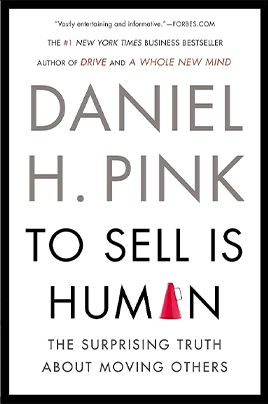
“The ability to move others to exchange what they have for what we have is crucial to our survival and our happiness.”
Why You Should Read To Sell Is Human
Daniel Pink’s To Sell Is Human shatters the stereotype of the pushy salesperson and introduces a new paradigm where everyone is in the “moving business.”
Whether you’re in a traditional sales role or need to influence others at work, this book offers fresh perspectives and practical techniques to help you persuade, convince, and influence others more effectively. It’s not just about selling products; it’s about moving people into action.
Key Lessons
- The 3Es Behind the Moving Business: Entrepreneurship, Elasticity, and “Ed-Med” (Education and Healthcare) are driving the trend of everyone becoming a “mover.” These factors emphasize the importance of adaptability and the ability to influence others in various fields.
- From Caveat Emptor to Caveat Venditor: The new rule is “seller beware,” where transparency and empathy are key. Effective selling is about guiding buyers through available facts and options.
- Becoming a Great Mover with ABCs: Pink introduces a new set of ABCs for the modern mover: Attunement (aligning with others), Buoyancy (balancing determination with optimism), and Clarity (cutting through information clutter).
- New Techniques for Pitching and Improvisation: Learn six powerful new tricks for pitching and practices for improvisation. These include the following pitch types;
- One-word pitch
- Question pitch
- Rhyming pitch
- Subject-line pitch
- Twitter pitch
- Pixar pitch.
To Sell Is Human by Daniel H. Pink is a groundbreaking book that redefines the concept of selling in the 21st century. It’s a must-read for anyone looking to understand the art of persuasion in our information-rich world.
New Sales. Simplified. – Mike Weinberg
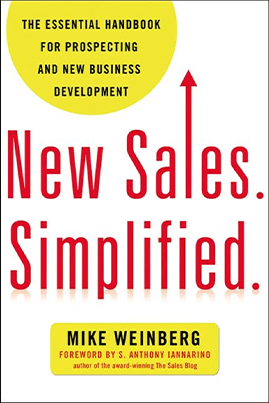
“Many of us in sales have a hard time focusing. Isn’t that part of the reason we ended up in sales in the first place?”
Why You Should Read New Sales. Simplified.
Sales is an ever-growing industry with some salespeople inevitably struggling with the basics, New Sales. Simplified. serves as a comprehensive guide to understanding and executing the fundamentals of sales.
It’s not just about selling; it’s about creating opportunities, being proactive, and thriving even in challenging economic times. Tailored for both individual sales professionals and leaders in charge of new business acquisition, “New Sales. Simplified.” offers a hands-on approach through Mike Weinberg’s New Sales Driven Framework, reflecting wisdom gleaned from years of real-world experience.
Key Lessons
- Understanding Sales Fundamentals: Sales success comes from perseverance, creativity, and resilience. It’s about identifying prospects and connecting solutions to their needs. The book emphasizes the importance of a well-chosen, finite list of prospects.
- Reasons Salespeople Fail: Weinberg identifies 16 reasons why salespeople fail at new business development, including lack of experience, waiting for leads, inability to tell a compelling story, negative attitude, and more. These insights can help readers avoid common pitfalls.
- Framework for Developing New Business: The New Sales Driver Framework consists of selecting targets, creating and deploying weapons, and planning and executing the attack. It’s a strategic approach that involves understanding your best customers, their characteristics, and where to find potential customers with similar profiles.
- Utilizing the Right Sales Tools: Having the right tools is essential for winning sales goals. This includes a strong sales story, networking, social media, emails, proactive phone calls, and both traditional and digital marketing materials. The sales story is highlighted as the most important tool in your toolkit.
New Sales. Simplified. by Mike Weinberg is a manual for success in the ever-challenging world of sales. Whether you’ve been in the game for a while or just starting out, this book offers valuable insights and practical tools to help you succeed.
Emotional Intelligence for Sales Success – Colleen Stanley
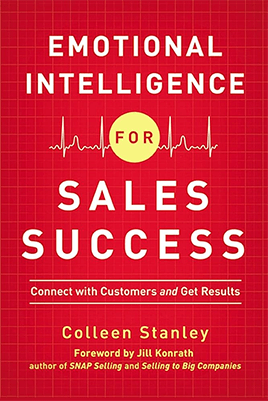
“You will quickly discover that soft skills do produce hard sales results.”
Why You Should Read Emotional Intelligence for Sales Success
Sales isn’t just about numbers and processes; it’s about connecting with people. Colleen Stanley’s Emotional Intelligence for Sales Success takes a unique approach by focusing on the emotional intelligence required to truly connect with customers. It’s not just about selling products or services; it’s about understanding the needs and emotions of your prospects.
Here you will find a guide to building relationships and achieving success by putting the focus on the customer instead of the sales process. It’s designed to help salespeople and sales leaders connect with customers and get results by tuning into what matters to them.
Key Lessons
- Emotional Intelligence in Sales: The book emphasizes the importance of emotional intelligence in sales, a skill that’s often overlooked in traditional sales training. It’s about empathy, rapport building, and understanding the prospect’s needs.
- Prospecting and Connecting: Stanley provides insights into prospecting and building your likeability factor. She teaches how to connect with the prospect on their terms, guiding you towards being your best self by contributing to their business rather than just selling goods and services.
- Reframing the Sales Process: The book offers a fresh perspective on where to put your attention during the sales process. It encourages authenticity and a focus on the customer, which can lead to more successful and fulfilling sales experiences.
Emotional Intelligence for Sales Success is a guide to understanding human emotions and using that knowledge to create meaningful connections and successful sales relationships.
Fanatical Prospecting – Jeb Blount
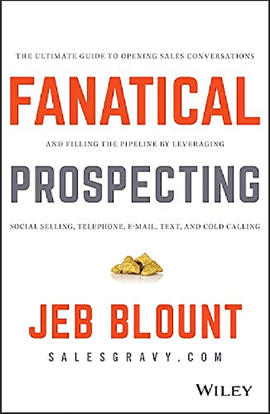
“There is no easy button in sales. Prospecting is hard, emotionally draining work, and it is the price you have to pay to earn a high income.”
Why You Should Read Fanatical Prospecting
Prospecting is the lifeblood of success in sales.
Jeb Blount’s Fanatical Prospecting emphasizes the importance of relentless prospecting. From leveraging text messaging and social media to understanding the psychology of sales, this book offers practical advice for both new and seasoned salespeople.
Blount’s approach is not about finding shortcuts or easy ways out. It’s about embracing the hard work of prospecting and recognizing that there’s no substitute for consistent effort. Whether it’s telephone prospecting, cold calls, networking, or following up on leads, “Fanatical Prospecting” teaches you how to fill your pipeline and avoid the common pitfalls that lead to failure in sales.
Key Lessons
- The Real Secret to Sustained Sales Success: Superstars in sales are relentless prospectors. They view prospecting as a way of life and don’t make excuses or procrastinate. The path to success is simple but not easy, and it requires fanatical prospecting.
- Mindset Matters: Seven core mindsets define fanatical prospectors, including being optimistic, competitive, confident, relentless, thirsty for knowledge, systematic, and adaptive. Cultivating these mindsets can drive success.
- The Importance of a Balanced Prospecting Methodology: Relying on a single prospecting methodology often leads to mediocre results. Balance your approach based on various factors like your industry, product, and territory. Be prepared to work hard and learn from the top people in your organization.
- Understanding the Laws of Prospecting: Blount introduces three core laws of prospecting: The Universal Law of Need, The 30-Day Rule, and The Law of Replacement. Understanding and applying these laws can help you avoid sales slumps and maintain a healthy pipeline.
Fanatical Prospecting is not just a book about techniques; it’s a philosophy that encourages you to embrace the grind, stay disciplined, and achieve success through hard work and determination.
The Ultimate Sales Machine – Chet Holmes
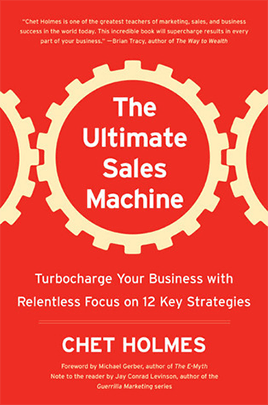
“The one who gives the market the most and best information will always slaughter the one who just wants to sell products or services.”
Why You Should Read The Ultimate Sales Machine
The Ultimate Sales Machine works like a blueprint for constructing a high-performance sales apparatus that never sleeps. Chet Holmes, a titan in the sales industry, leverages his wealth of experience to guide you through the process of crafting a sales mechanism that tirelessly propels your business forward.
This book is not just for the everyday salesperson.
It’s a treasure trove of wisdom for managers steering their sales teams towards success, and a roadmap for business owners seeking to infuse their operations with a sales-driven heartbeat.
Holmes doesn’t just teach you how to sell; he shows you how to focus your energy like a laser beam, how to turn strategies into action, and how to transform action into success.
Key Lessons
- Pigheaded Discipline and Determination: Success in sales requires relentless focus and determination. Implementing ideas is more critical than merely having them.
- Time Management: Learn to manage your time effectively to focus on the most critical tasks that drive growth.
- Training and Development: Continuous training and development of your sales team are vital for achieving consistent success.
- Creating a Sales Machine: Build a system that works efficiently, focusing on the core strategies that matter and relentlessly pursuing excellence.
The Ultimate Sales Machine is one of the best sales books for those looking to enhance their sales strategies and build a system that delivers consistent results. Chet Holmes’s wisdom and practical approach make this book a must-read for sales professionals and business leaders alike.
The Little Red Book of Selling – Jeffrey Gitomer

“Sales is not about selling anymore, but about building trust and educating.”
Why You Should Read The Little Red Book of Selling
Jeffrey Gitomer’s The Little Red Book of Selling is a treasure trove of insights, strategies, and practical tips that can transform your sales approach. Gitomer, the self-proclaimed ‘King of Sales,’ shares his 12.5 principles of “sales greatness,” guiding you to optimize your potential and drive your sales to new heights.
Dive into this vibrant red book and discover how to kick your own ass, prepare to win, and make them laugh to make them buy. It’s not just about selling products; it’s about selling yourself.
Key Lessons
- Personal Branding: Establish a compelling personal image as an expert. Utilize SEO techniques and create a strong online presence.
- Value and Relationship: Focus on the value of the product more than the price. Build relationships that go beyond business.
- Networking: Attend local events, join high-profile organizations, and spend 75% of your time with people you don’t know.
- Humor: Use humor to break down defenses and build trust. If you’re not good at making people laugh, study it!
- Creativity: Differentiate and dominate through creativity. Stand out from the competition by being unique and innovative.
The Little Red Book of Selling offers a fresh perspective and actionable steps to elevate your sales game.
The Challenger Sale – Matthew Dixon & Brent Adamson
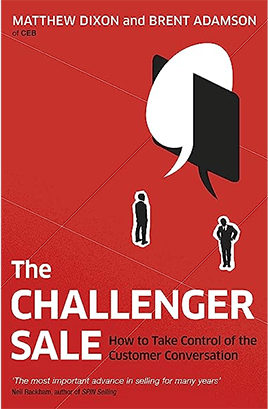
“The best salespeople don’t just build relationships with customers. They challenge them.”
Why You Should Read The Challenger Sale
Are you tired of the same old sales techniques that don’t seem to cut it anymore? Enter The Challenger Sale by Matthew Dixon, a groundbreaking book that turns traditional sales wisdom on its head.
Forget about pandering to the customer’s every whim; it’s time to challenge them, push their thinking, and offer unique insights.
This book introduces the concept of the “Challenger” sales rep, one who isn’t afraid to disrupt the customer’s thinking and tailor solutions that truly resonate. It’s not about being aggressive; it’s about being assertive and insightful.
If you’re ready to break free from the conventional sales mold and embrace a method that’s proven to work, this book is your ticket to a new level of sales success.
Key Lessons
- The Challenger Profile: Not all sales reps are created equal. The Challenger stands out by offering unique insights and pushing the customer’s thinking. They’re not afraid to take control of the conversation.
- Teach, Tailor, Take Control: The three Ts of the Challenger Sale. Teach customers something new about their business, tailor the message to resonate with them, and take control of the sale.
- Solution Selling Isn’t Enough: It’s not just about identifying problems and offering solutions. Challengers go beyond that by bringing new ideas to the table and showing customers a new way to think.
- Build Constructive Tension: Challengers don’t shy away from tension. They use it constructively to create a sense of urgency and drive the sale forward.
The Challenger Sale is about challenging the status quo and delivering real value. It’s time to take up the Challenger mindset and redefine what it means to sell.
Agile Selling by Jill Konrath
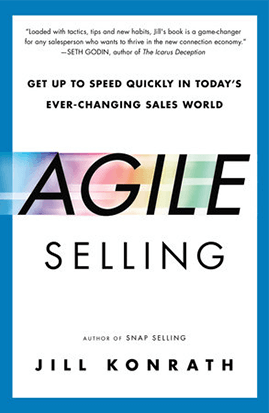
“Every top seller I know is an agile learner who knows what it takes to dive into a new situation and figure it out quickly.”
Why You Should Read Agile Selling
Agile Selling by Jill Konrath provides a roadmap to not just survive, but thrive amidst this constant change. This book isn’t about mastering a set of sales tactics; it’s about cultivating an agile mindset, a capacity for continuous learning and adaptation.
Jill Konrath equips you with the tools to navigate the ever-evolving market trends, technological advancements, and shifts in buyer behavior. Konrath’s wisdom encourages you to shed negativity, set attainable goals, and place learning at the forefront of your sales strategy.
This book aims to become your manifesto for personal growth and professional excellence in the fast-paced world of sales.
Key Lessons
- Embrace a Positive Mindset: Letting go of negative emotions and embracing a perspective of continuous improvement can lead to success. Failures can be learning opportunities, and setting “getting better” goals can keep you motivated.
- Efficient Learning Strategies: Organizing information into mental folders, connecting new information with what you already know, and visualizing yourself as the buyer are strategies to make learning more efficient and relevant.
- Prioritize and Prepare: When faced with a new situation, prioritize the essential details to gain situational credibility quickly. Thorough preparation, including understanding insider language, knowing your buyers, and recognizing the status quo, is vital for success.
- Sales Skills Foundation: Beyond learning, a solid foundation of selling skills, including thorough preparation for meetings and understanding potential obstacles, is crucial for closing deals.
Agile Selling by Jill Konrath asks you to embrace agility and continuous learning, so you can stay ahead of the curve and achieve success in your sales career.
15 More Best Selling Sales Books
We’ve put together a detailed list of 15 best books for sales leaders but there are many more worth reading.
Below is a collection of 15 more of the best books on sales that you may want to look into:
- Own Your Niche by Stephanie Chandler: A strategic guide to dominating your market, this book offers actionable insights on how to identify and capitalize on your unique niche, building a brand that stands out.
- Virtual Selling by Mike Schultz: In the era of digital communication, this book provides essential techniques for engaging customers through virtual platforms, adapting traditional sales strategies to the online environment.
- How to Say It by Geoffrey James: A masterclass in communication, this book teaches the art of crafting persuasive messages, enhancing your ability to influence and connect with clients.
- Never Be Closing by Tim Hurson: A fresh take on sales, this book emphasizes relationship-building and problem-solving over closing deals, offering a more sustainable and ethical approach to selling.
- The Psychology of Selling by David Hoffeld: Delving into the human mind, this book explores how psychological principles can be applied to sales, enhancing understanding of customer behavior and decision-making.
- Words That Sell by Richard Bayan: A valuable resource for anyone in marketing or sales, this book provides a comprehensive list of persuasive words and phrases to help craft compelling messages.
- The Invisible Game by Kai-Markus Mueller: Focusing on the unseen aspects of sales, this book explores the subconscious factors that influence buying decisions, offering strategies to tap into these hidden triggers.
- Leapfrog by Nathalia Molina Nino: Aimed at women entrepreneurs, this book offers practical advice and strategies to overcome barriers and achieve success in business, with a focus on innovative thinking.
- Think and Grow Rich by Napoleon Hill: A timeless classic, this book outlines the philosophy and principles that lead to personal and financial success, based on interviews with successful individuals.A timeless classic, this book outlines the philosophy and principles that lead to personal and financial success, based on interviews with successful individuals.
- The Introvert’s Edge by Matthew Owen Pollard: Tailored for introverts, this book offers strategies to turn perceived weaknesses into strengths in sales, showing how introverted qualities can be leveraged for success.
- Predictable Revenue by Aaron Ross: Known as the “Sales Bible of Silicon Valley,” this book outlines the methods used by Salesforce.com to multiply their revenue, providing a blueprint for building a scalable sales team.
- Pitch Anything by Oren Klaff: Focusing on the art of pitching, this book provides a method for presenting ideas in a way that engages, persuades, and motivates the audience.
- Inside the Mind of Sales by Derek Borthwick: A psychological exploration of the sales profession, this book offers insights into the mindset, strategies, and techniques that lead to sales success.
- The Story Selling Method by Philipp Humm: This book teaches how to craft and tell compelling stories that sell, turning mundane sales pitches into engaging narratives that resonate with customers.
- Coffee’s For Closers by Tony Morris: A motivational book for sales professionals, offering practical advice, strategies, and encouragement to close deals with confidence and skill.
Conclusion
The best sales books we’ve explored offer a rich tapestry of insights, strategies, and inspiration, catering to various aspects of the sales process.
From understanding the psychology of selling to mastering virtual engagement, these books are essential companions for anyone looking to excel in the sales industry.
Sales is not just about transactions; it’s about building relationships, understanding needs, and providing value. Embrace a mindset of empathy, curiosity, and continuous growth, and you’ll not only close more deals but create lasting connections that fuel your career.
